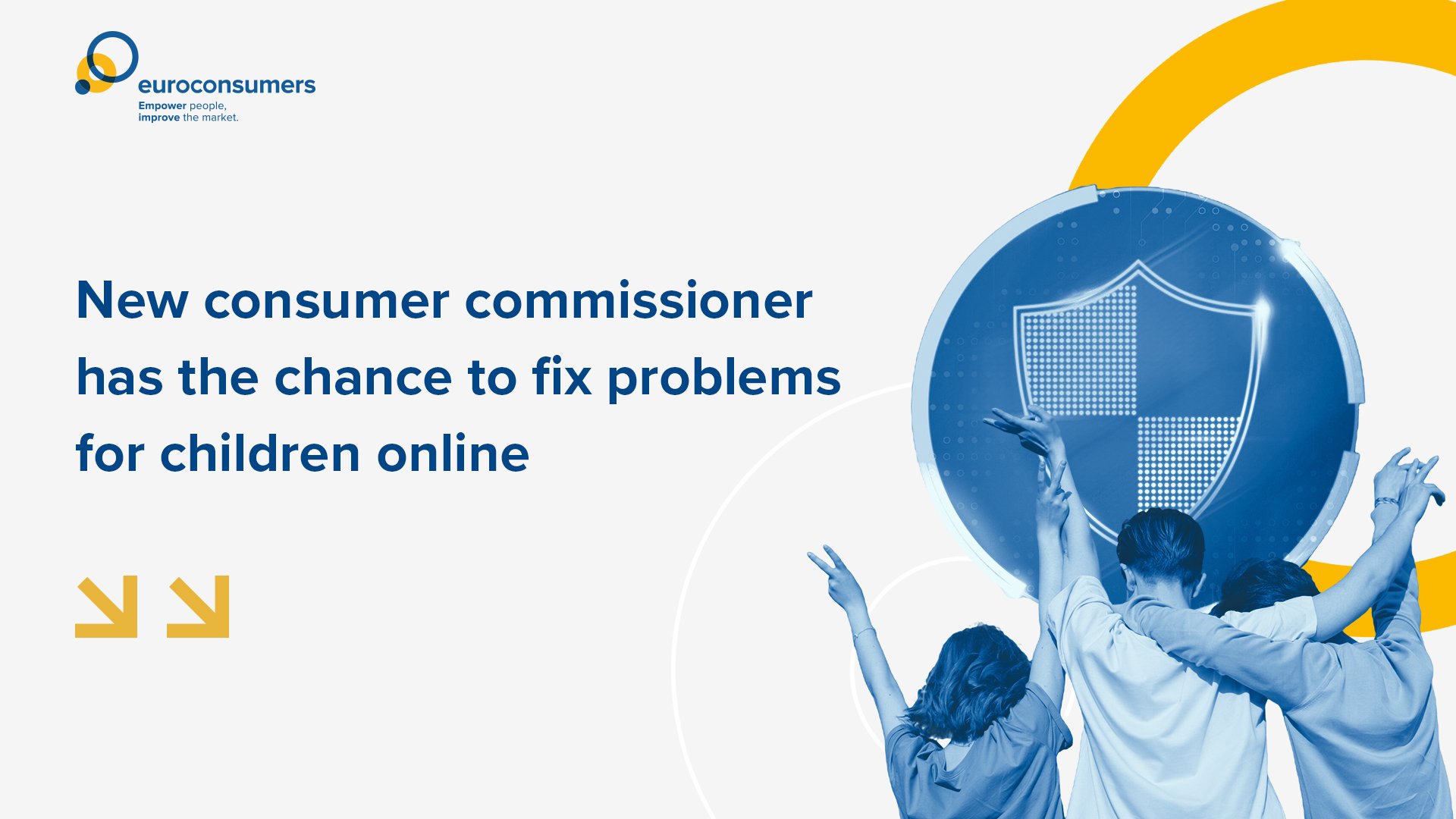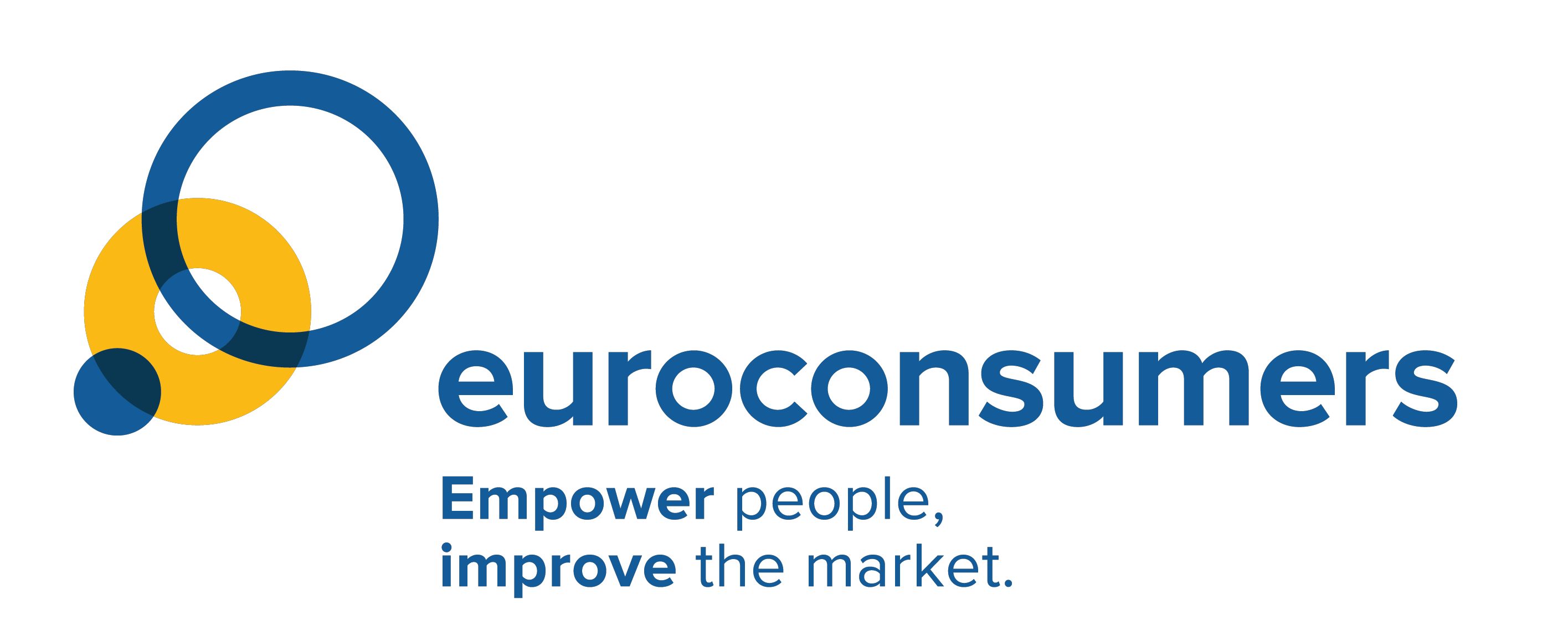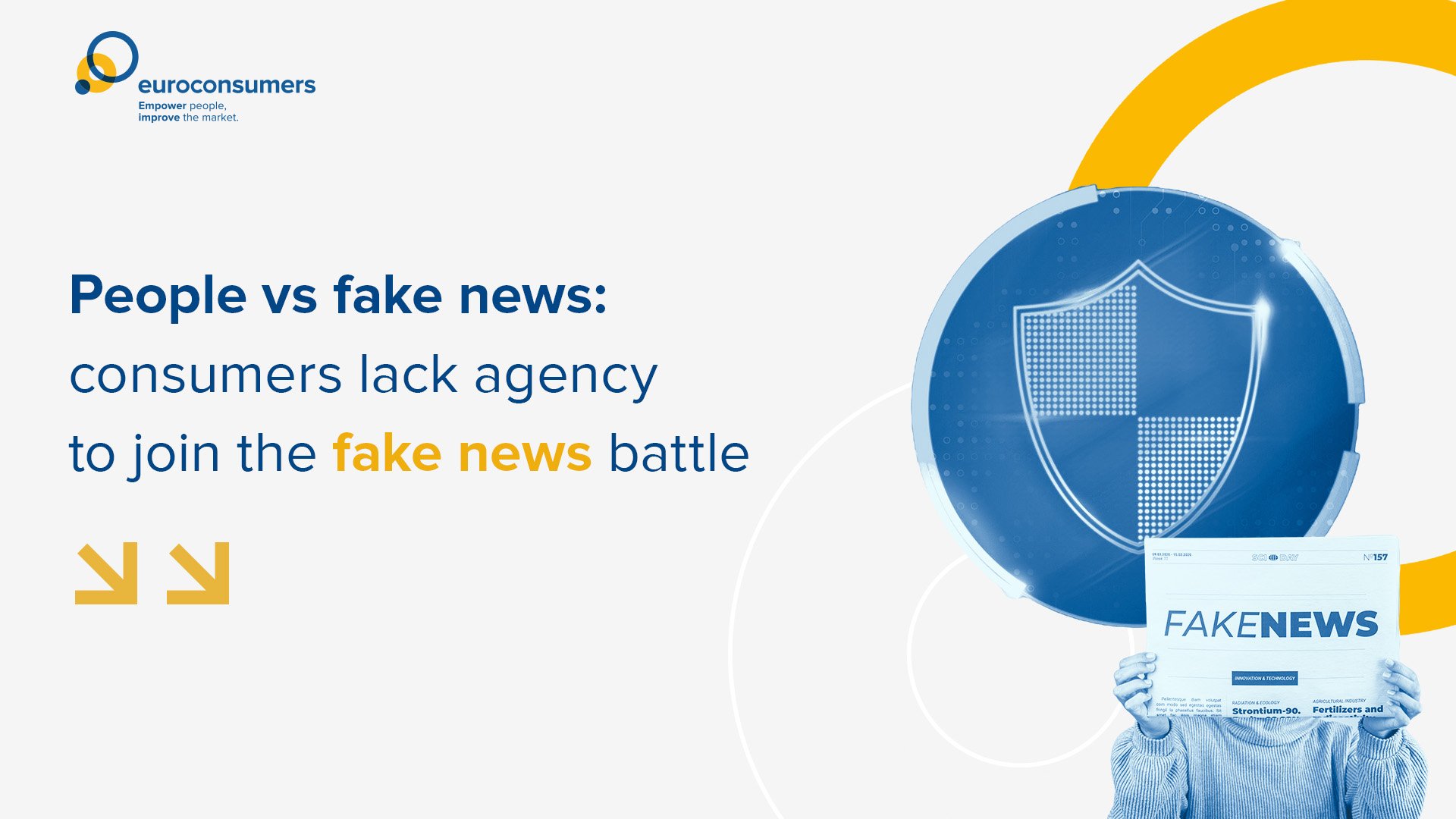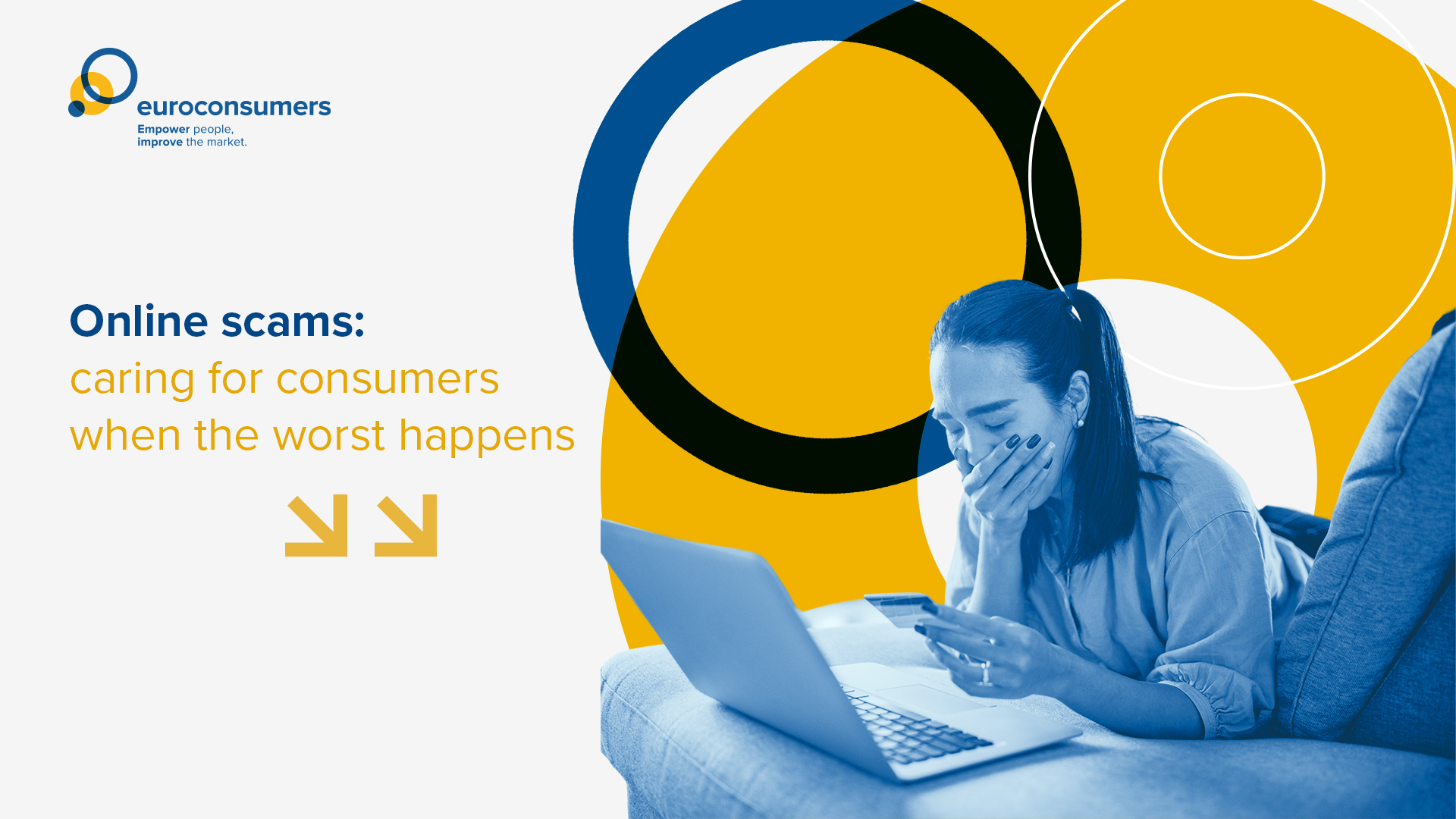2024 has been a big year for elections and fake news. People voting in significant elections in Europe, America, France, the UK, Moldova and Georgia have been subject to fake news and other false information try to influence citizens’ choices or even stop them voting at all.
And this year, more than ever, concerns grew that AI-enabled deep fakes would supercharge the proliferation of convincing fake information.
While foreign interference in democratic processes is often the source of fake news, platform design plays a key role in its dissemination.
Euroconsumers latest digital survey found that 86% of consumers use social media and it’s the main place consumers come across fake news. Euroconsumers’ new cyber survey explored the online habits of just over 4,000 across Belgium, Italy, Portugal and Spain.
Many consumers concerned about online fake news manipulation
Fears about the impact of fake news on society are not limited to politicians or mainstream media.
We found that 59% of people had come across content online they believed to be fake news, with 84% saying this occurred in the past year.
A huge amount of people have encountered fake news and although it isn’t always strictly speaking illegal, it can be very harmful – polarizing people, limiting public discourse and creating fear.
Over three quarters of respondents (78%) were concerned about the impact and influence of disinformation on their fellow citizens. This is highest in Portugal where 90% were concerned, followed by Spain at 84%, whilst only 62% of Belgians shared this concern.
What do consumers do when they see fake news?
Although the survey found a large proportion of people who come across fake news and are worried about its impact, it appears that they may feel powerless to do much about it.
Only 5% of respondents reported fake news to the competent authorities. Just 4% reported it to the moderator or administrator of the site, and two thirds (65%) took no action at all.
Reasons for not reporting included not knowing how to (9%) or not feeling the police or authorities would be able to do anything about it (15%).
This suggests a feeling of being alone in the fight against fake news and attempts to manipulate opinions online.
Can regulation help to stop fake news?
If people don’t put much faith in taking individual action, then will new rules on platforms moderation of fake news be the answer?
Since the introduction of the Digital Services Act (DSA) “very large platforms” are required to evaluate and mitigate against the risks of disinformation, including anything related to electoral processes.
The European Commission has already opened up proceedings against Meta around potential violations of the rules on Instagram and Facebook, such as not having election monitoring tools in place that could properly pick up and prevent harmful political content. Proceedings are also open against X, looking at whether measures taken to combat information manipulation on the platform are working in the right way.
If found to be in breach of the Act, the companies could face fines of up to 6% of their global turnover.
While the sanctions are strong on paper, implementing enforcement against such huge US companies with a new administration that includes the owner of X will be a major challenge.
The woman set to take the hot seat as Vice President for Tech Sovereignty, Security and Democracy was quizzed about exactly this at her commissioner hearing this week.
How did 2024 elections fare for fake news?
The European Digital Media Observatory (EDMO) latest report on the EU election could be seen as a source of hope. EDMO is a cross-border effort to bring together fact-checkers and academic researchers to understand and analyze disinformation.
They reported that despite the spread of disinformation in the weeks leading up to the EU elections, no major, Europe-wide disinformation campaigns during the election days occurred. The threat of a showcase of AI enable deep fakes did not materialize, but that does not mean the risk has gone away.
We might also take heart from the high numbers of consumers in our survey who suspected or knew that they were seeing fake news. But we need to understand more about whether knowing it is fake is enough to dispel its influence.
Fake news: the next five years?
DSA regulations should make a proactive approach to scanning and dealing with fake news more effective, but whether it will be enough to allay people’s fears about the volume and impact of exposure to fake news in their communities is yet to be seen.
What we can clearly see from our survey is that consumers see the problem, and notice the content but don’t yet have the right tools or encouragement to take action to report it.
Empowering consumers to flag and report fake news through better user design will complement platforms behind the scenes work and improve the social media market for everyone.






